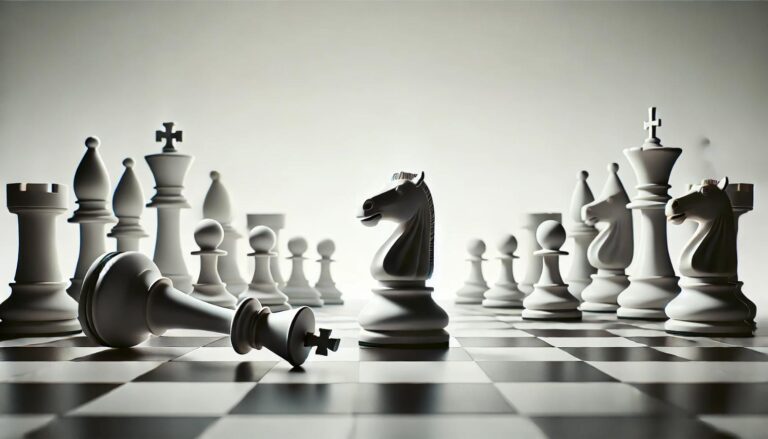In the intellectually rigorous world of chess, a draw represents a tie — neither player wins nor loses. Draws are relatively common at all levels of play, from amateur games to high-stakes professional matches. Understanding how draws occur and the strategies behind them is essential for players aiming to improve their game. This comprehensive guide explores the various ways a game of chess can end in a draw, the strategic considerations behind offering or accepting a draw, and how draws impact competitive chess.
Ways to Achieve a Draw in Chess
1. Stalemate
A stalemate occurs when the player whose turn it is to move is not in check but has no legal move. The game ends immediately in a draw. Stalemates often occur in endgames where one player, while not in a better position, cleverly forces a situation where their opponent cannot make a legal move without putting their king into check.
2. Insufficient Material
The game is drawn if neither player has enough pieces on the board to checkmate the opponent, regardless of play. Common scenarios include:
- King against king
- King and bishop against king
- King and knight against king
- King and bishop against king and bishop, with both bishops moving on squares of the same color
3. Threefold Repetition
A game is drawn if the same position occurs three times with the same player to move and all possible moves are the same each time. This rule allows players to claim a draw if there’s a perpetual check or a repeated position tactic being used without any progress.
4. The Fifty-Move Rule
A draw can be claimed if fifty consecutive moves have been made by both players without any pawn movement or capture. This rule prevents endless maneuvering in positions where neither side can force a win.
5. Mutual Agreement
Players can agree to a draw at any point during the game. This is often seen in positions where neither side believes they have a realistic chance of winning or when a draw satisfies the strategic or tournament goals of both players.
Strategic Considerations
Offering a Draw
Offering a draw is a significant decision that can be influenced by numerous factors, including the current position on the board, time control, tournament standings, and even psychological tactics. A timely draw offer can sometimes save a game that’s leaning towards a loss or can be used strategically in tournament play when a draw secures a favorable outcome.
Accepting a Draw
Deciding whether to accept a draw offer requires careful consideration of the same factors. Players often assess their position’s strength, their opponent’s time trouble, and their standing in a tournament before agreeing to a draw. It’s crucial to objectively evaluate whether the chances of winning outweigh the risk of losing.
Draws in Competitive Chess
In competitive chess, draws can have a significant impact on tournament standings and player rankings. High-level chess sees a considerable number of drawn games, often due to the precision of play and deep defensive preparation by top players. Understanding when to push for a win and when to settle for a draw is a critical skill at the professional level.
Conclusion
A draw in chess is much more than a simple tie. It’s a complex outcome that reflects the strategic depth of the game. Whether you’re maneuvering to force a draw from a losing position or deciding whether to accept a draw offer in a balanced game, understanding the rules and strategies surrounding draws is essential for chess improvement. By recognizing when a draw is advantageous and mastering the techniques to achieve or avoid one, players can significantly enhance their overall chess strategy and performance.

